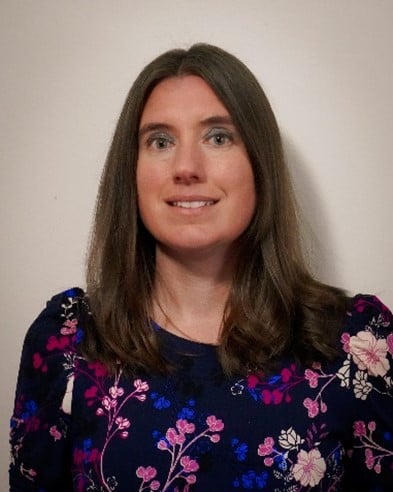Need Help?
6 March 2023
Interview with Prof. Dr. Stephanie Willerth—Author of a Published Paper in Bioengineering
We had the pleasure of speaking with Prof. Dr. Stephanie Willerth, author of the published paper “Natural Biomaterials and Their Use as Bioinks for Printing Tissues” in Bioengineering (ISSN: 2306-5354). We discussed the recent research trends in the field and her personal career developments.

1. Congratulations on your published paper. Can you please tell us a bit about yourself and what your research areas are?
I am a Full Professor and the Canada Research Chair at the University of Victoria where I hold dual appointments in the Department of Mechanical Engineering and the Division of Medical Sciences. I also hold an affiliate appointment with the School of Biomedical Engineering at the University of British Columbia. I run a research group that investigates how to engineer neural tissue from induced pluripotent stem cells (iPSCs) using a variety of methods, including 3D bioprinting and cellular reprogramming. My research group has developed many types of biomaterial scaffolds for promoting the differentiation of iPSCs into neural cell types for tissue engineering applications, such as screening the toxicity of drugs, learning about how tissues form during development, and replacing dysfunctional tissues. I also founded the spin-off company Axolotl Biosciences, with the goal of bioprinting neural tissues that are easily accessible to scientists and engineers from a range of backgrounds.
2. What are the current cutting-edge research topics in your field of interest?
The field of 3D bioprinting is evolving at a rapid rate. It has been interesting to see the new bioprinters being developed along with recent advances in bioinks that allow for the generation of tissues similar to those found in the human body. The use of 3D bioprinting for clinical applications is also another hot area of research and discussion.
3. What made you decide to publish an article in Bioengineering? Why did you choose Bioengineering?
We were invited to submit by one of my colleagues—Dr. Houman Savoji. One of the advantages of submitting to journals such as Bioengineering is that you get quick and high-quality reviews, and there is a quick turnaround in your paper being published after it has been accepted.
4. How was your experience publishing with Bioengineering?
It was great—the process, including submission and responding to reviews, was quick and easy.
5. Was it important to you that the journal is Open Access?
Yes, we receive significant support from a variety of funding agencies, including the Natural Science and Engineering Research Council, the Canadian Institutes of Health Research, the Michael Smith Health Research B.C., the Pacific Parkinson’s Research Institute, the Canada Research Chairs program, and the New Frontiers in Research Fund, and these organizations are funded by taxpayers and donors. I think it is important that anyone can read the results of the research being conducted using such funding.
6. How do you think Open Access impacts authors?
Our Open Access papers tend to be more widely read by diverse audiences, which helps ensure that our work is read by relevant audiences.
7. What do you hope that readers will receive from your paper?
The review does an excellent job of discussing the advantages and disadvantages of the different types of naturally derived biomaterials when used as bioinks for generating tissue models. The team who wrote the paper is an outstanding collection of women scientists and engineers. The first author—Claire Benwood—successfully defended her master’s degree last fall and will start working in the biotechnology industry this spring.
We are thankful for Prof. Dr. Willerth's time and support for the Bioengineering journal.
Prof. Dr. Stephanie Willerth’s contact information:
Email: [email protected]

